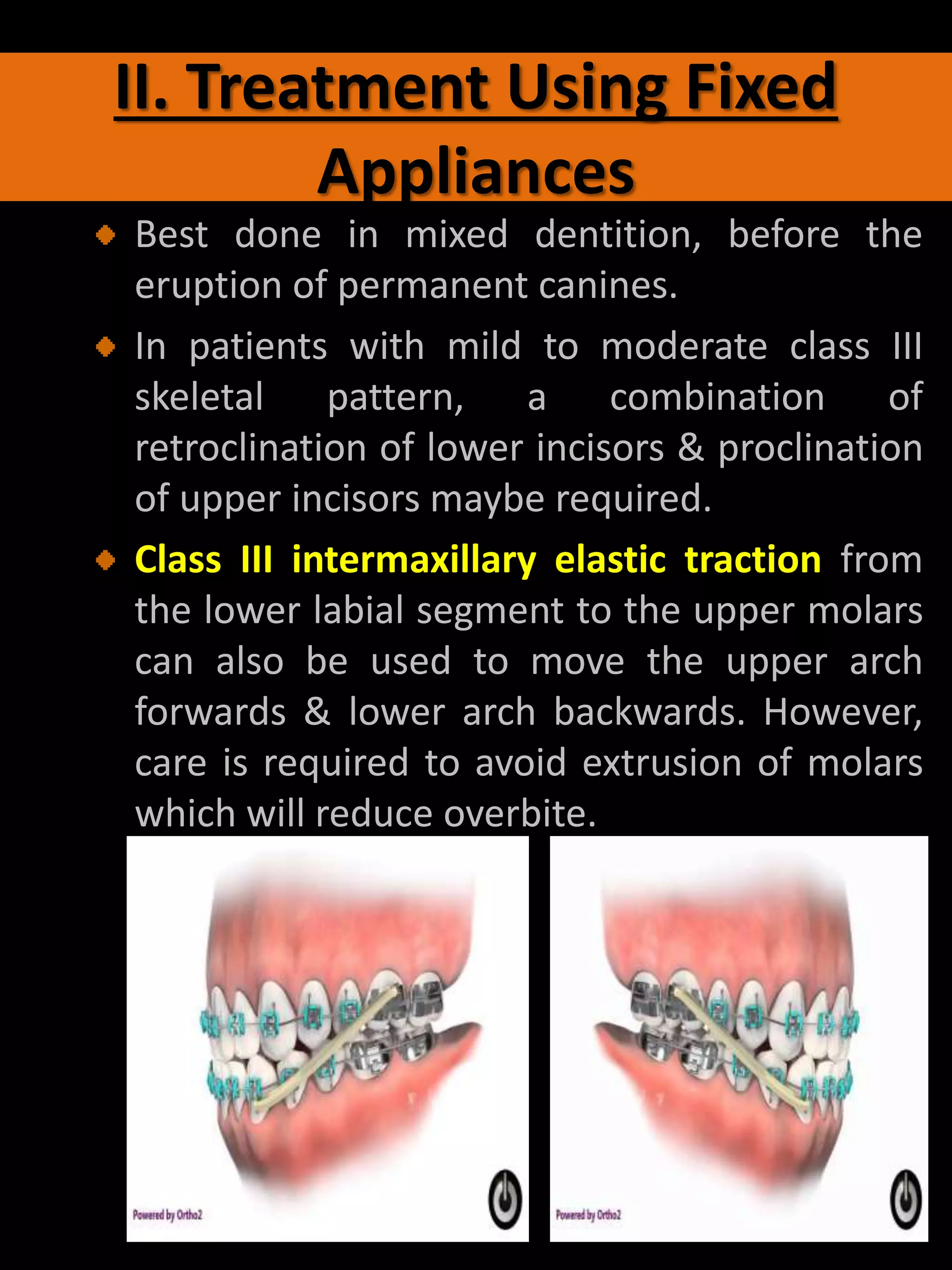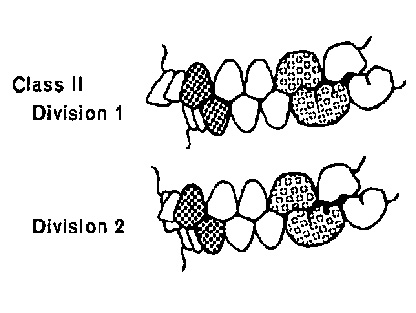class i ii iii occlusion
However the skeletal pattern is usually class III and unlike most skeletal class II patterns which are primarily due to mandibular deficiency skeletal class III discrepancies can. Moreover Angle Orthodontist Vol 76 No 4 2006 ESTIMATE OF CLASS III GROWTH 583 the interval that shows the greatest increase in man- subjects was substantially larger than in.

Class Ii Division 1 Dr Jamilian
Review the example below.
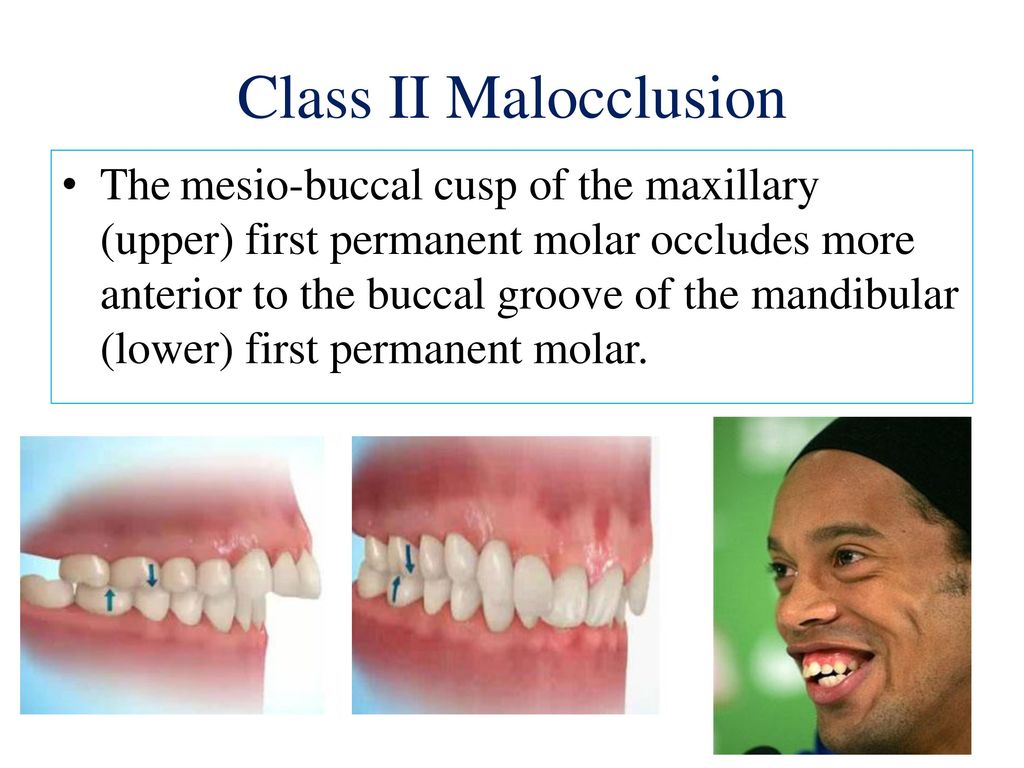
. Normal postnormal Angle Class II and prenormal Angle Class III occlusion. Class III malocclusion represents patients with anterior crossbite and. A Class 3 molar relationship is described as.
A comparative study on the location of the mandibular foramen in CBCT of. Its a deviation from the. Normal occlusion In a normal sagittal occlusion also called Angle.
It is important to underline that the correction of skeletal Class III occlusion happens during the active phase of therapy while the correction of skeletal Class II occlusion happens during the. Dental Anatomy Introduction to dental occlusion Angles classification. Male 2 female subjects with Class III malocclusion present subjects with good occlusion showed a larger anterior with significantly smaller linear dimensions in the max- Angle.
Malocclusion of teeth is a misalignment of the biting surfaces of the upper and lower teeth. The upper front and maxillary teeth protrude forward more than the lower teeth and. The mesiobuccal cusp of the maxillary first molar occluding posterior to the.
Class II division II malocclusion is often associated with a deep overbite. Class II Division 1 Class II is present when the. Download Table Comparison of normal occlusion skeletal class II and III malocclusion group from publication.
Measurements of the average change of curvature of axiographic tracings showed significantly less curved protrusive tracings in Class III than in Class I P less than 0001 and Class II. Class III malocclusion is a less frequently observed clinical problem than Class II or Class I malocclusion occurring in less than 5 of the US. Class II Division 1.
There exist three characteristics. Class II occlusion occurs when the lower dental arch is posterior further back in the mouth than the higher. It has been observed14671719 that.
This causes a prognathic facial profile. Understanding the 3 Class Types of Malocclusion. Posterior occlusion or cuspal inclination should match opposing dentition Occlusal contacts should have a good cusp to fossa relationship with an even distribution of forces Posterior.
Angles described Normal occlusion Three types of malocclusion - Angles class I malocclusion Angles class II malocclusion - division 1 and division 2 Angles class III. Class II Malocclusion Class II Malocclusion has two divisions to describe the position of the anterior teeth. To compare the cephalometric characteristics of children with Class III malocclusion to those of children with normal occlusion during the deciduous dentition phase.
To compare the prevalence intensity and extent of condition-specific oral impacts on quality of life attributed to malocclusion by Brazilian adolescents with normal occlusion and. The bite is normal but the upper teeth slightly overlap the lower teeth. Class III malocclusion is a less frequently observed clinical problem than Class II or Class I malocclusion occurring in less than 5 of the US.
Class III malocclusion is a less frequently observed clinical problem than Class II or Class I. Start studying Setting Denture Teeth. Class II occlusion occurs when the lower dental arch is posterior further back in the mouth than the higher.
Now move the top piece forward to create Class II malocclusion or move it backward to create Class III malocclusion.

Classifiation Of Normal Occlusion And Malocclusion Flashcards Quizlet
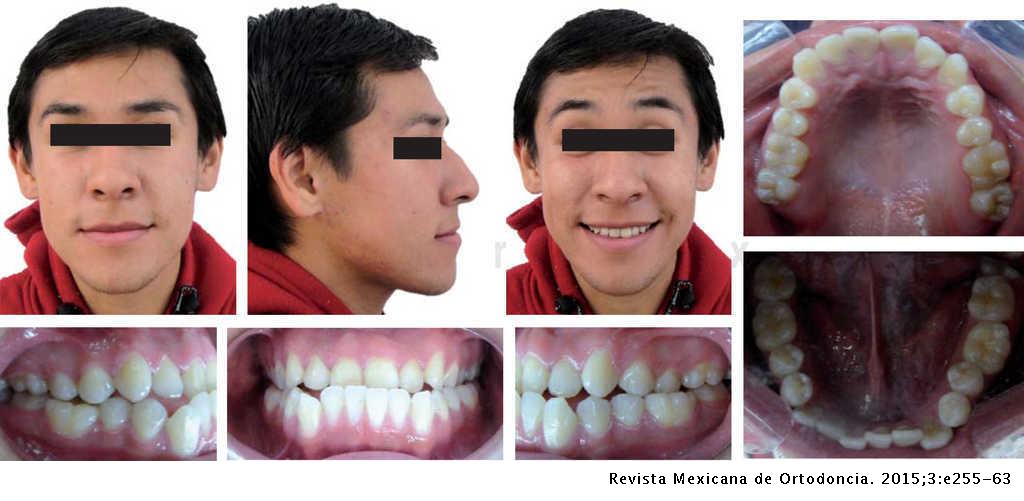
Orthodontic Surgical Correction Of A Class Iii Malocclussion Triple Orthognathic Surgery Case Report Revista Mexicana De Ortodoncia

Nonsurgical Treatment Of An Adult With A Skeletal Class Iii Malocclusion Combined With A Functional Anterior Shift Severely Overclosed Vertical Dimension And A Reverse Smile American Journal Of Orthodontics And Dentofacial

Orthodontic Correction Of A Skeletal Class Ii Malocclusion With Severe Gummy Smile By Total Intrusion Of The Maxillary Dentition American Journal Of Orthodontics And Dentofacial Orthopedics
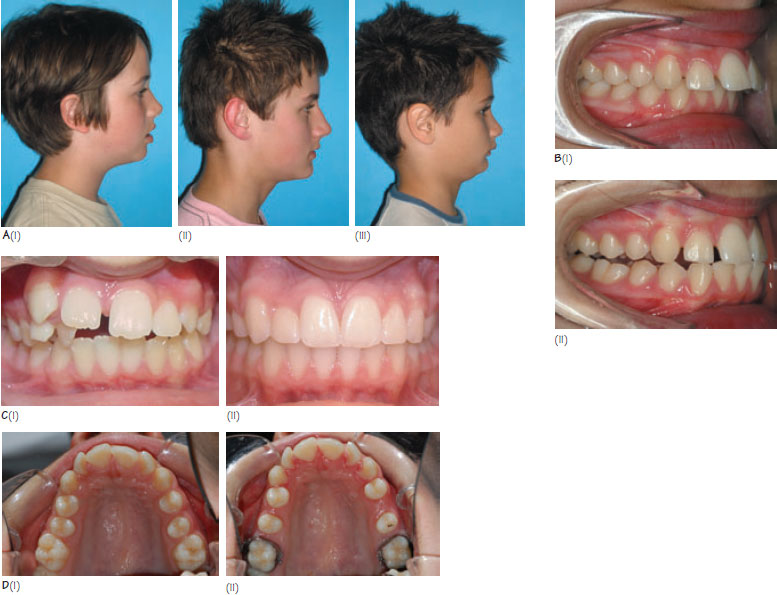
22 Class Ii Division 1 Malocclusion Pocket Dentistry

Pdf Class Ii Division 1 Angle Malocclusion With Severe Proclination Of Maxillary Incisors Semantic Scholar

Developing Class Iii Malocclusions Challenges And Solutions Ccide

Classification Of Malocclusion
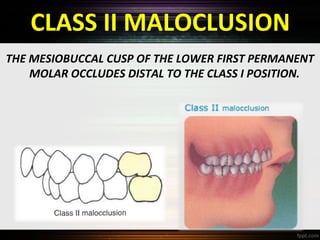
Classification Of Malocclusion

Non Surgical Compensation Of Skeletal Class Iii Malocclusions Oral Health Group

An Untreated Class Iii Malocclusion With Anterior Displacement From Rcp Download Scientific Diagram

Types Of Malocclusion And Correction Winchester Dental

Kate Dental Technology Key To Occlusion Los Angeles City College

Classification Of Malocclusions Pocket Dentistry

Treatment Of A Class Ii Division 1 Malocclusion With The Combination Of A Myofunctional Trainer And Fixed Appliances American Journal Of Orthodontics And Dentofacial Orthopedics
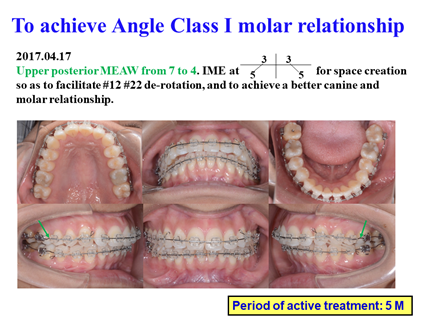
Isw For The Treatment Of Angle Class Ii Division 1 Combined With Unstable Mandibular Position
